B.K.S. Iyengar is the founder and namesake of the Iyengar yoga system, and he is a devoted disciple of T. Krishnamacharya. He helped promote the practice of contemporary yoga in the West alongside Pattabhi Jois, who created Ashtanga yoga.
How is Iyengar yoga different from other things?
The three pillars of Iyengar yoga are timing, sequencing, and alignment.
To be in alignment, one must hold the desired position while allowing one’s body to naturally curve into it. To help students safely complete asanas, Iyengar yoga advocates the use of a variety of supports. Proper alignment is necessary to achieve harmony in the body, mind, and breath.
The sequence of the postures is called sequencing. Along with the ‘opening’ and harmony of the emotional and physical bodies, this permits a controlled and secure advancement of the postures.
The timing of Iyengar yoga poses differs from Vinyasa yoga in that they are maintained for longer durations. You can safely increase the depth of a posture once you’ve established stability in it. Strength, flexibility, sensitivity, and awareness of one’s body and mind can all be enhanced through this practice.
You can safely increase the depth of a posture once you’ve established stability in it.
What it takes to be an Iyengar Yoga Teacher
To become an Iyengar yoga instructor, one must complete rigorous, in-depth training at a Yoga Alliance-registered yoga school.
Also read: How to Register on Yoga Alliance?
How does Iyengar yoga help?
As a child, Mr. Iyengar had terrible health, which is why he began practicing yoga. His strength and health both increased with regular practice, and he felt the positive effects on his own body. Because of this, he was able to have a deep understanding of the human body and adopt a therapeutic approach to his work.
Mr. Iyengar understood that every person’s body is distinct and has its own set of advantages and disadvantages. As a result, he pushed for the use of various props, such as chairs, belts, blankets, blocks, etc., to assist pupils in finding their own unique alignment. Asanas could be practiced in a safe and harmonious manner because of this.
There are many advantages!
● Consistent Iyengar yoga practice can alleviate and enhance one’s mental and bodily wellness.
● Relieve issues related to posture and structure.
● Ease mental and emotional strain.
● Heighten one’s capacity for focused attention.
● Revive your energy levels.
● Get back in touch with yourself by focusing on your breathing and relaxing your muscles.
● Impart wisdom and insight to every portion of one’s being.
Also read: The Complete Guide To Jathara Parivartanasana
Who Should Do Iyengar Yoga?
Everyone, in a nutshell! Anyone, from complete novices to those with more experience, can benefit from it.
Learn Iyengar Yoga at India Yoga School
Iyengar Yoga is great for beginners because of its focus on alignment and the use of supports to help students get into the poses. It can also be helpful for people with postural disorders because of its therapeutic effects.
Visit India Yoga School for our Beginners Program, where we teach the fundamentals of Iyengar Yoga. Even though it’s made for complete newbies, advanced yoga practitioners who are interested in the Iyengar method will find it useful.


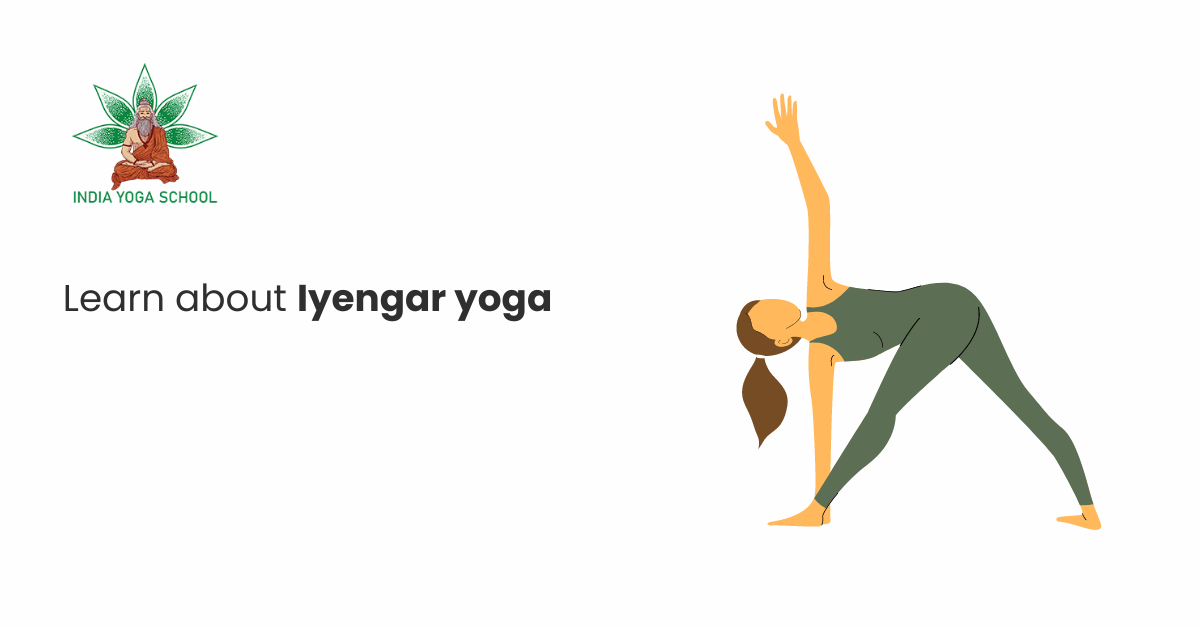
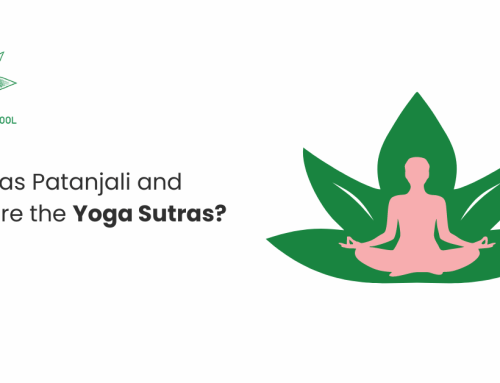
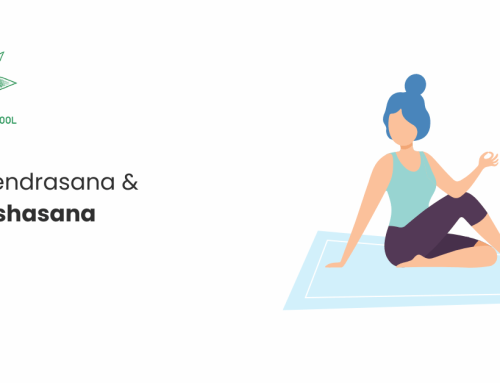
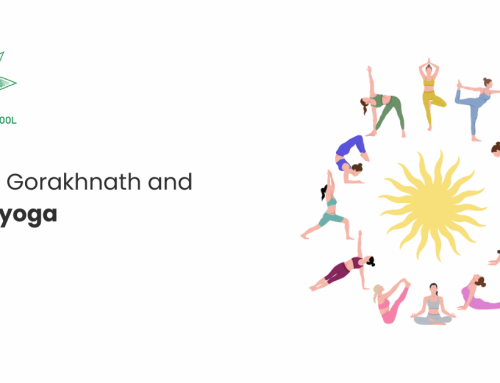
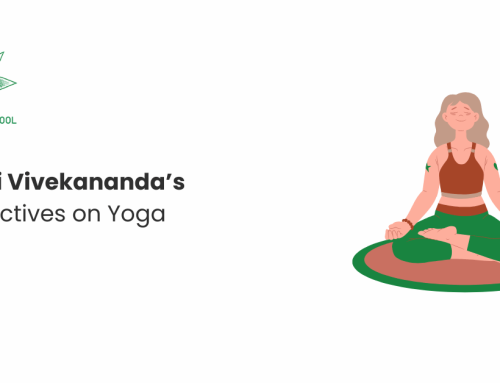
Leave A Comment